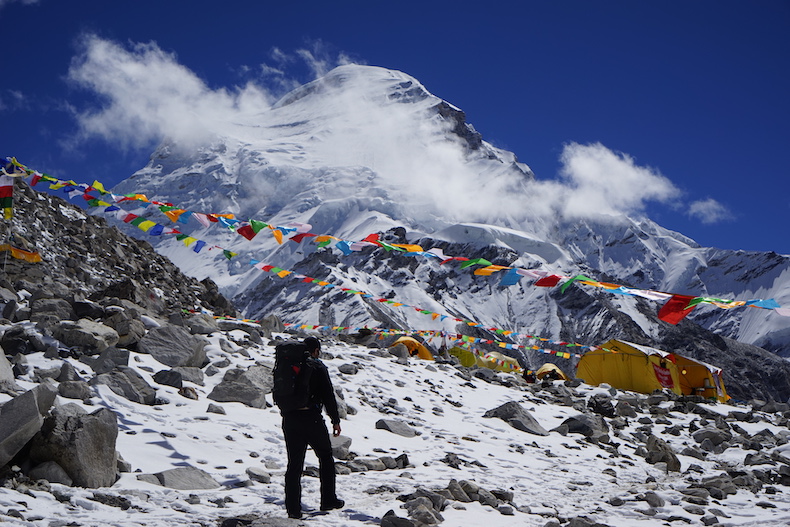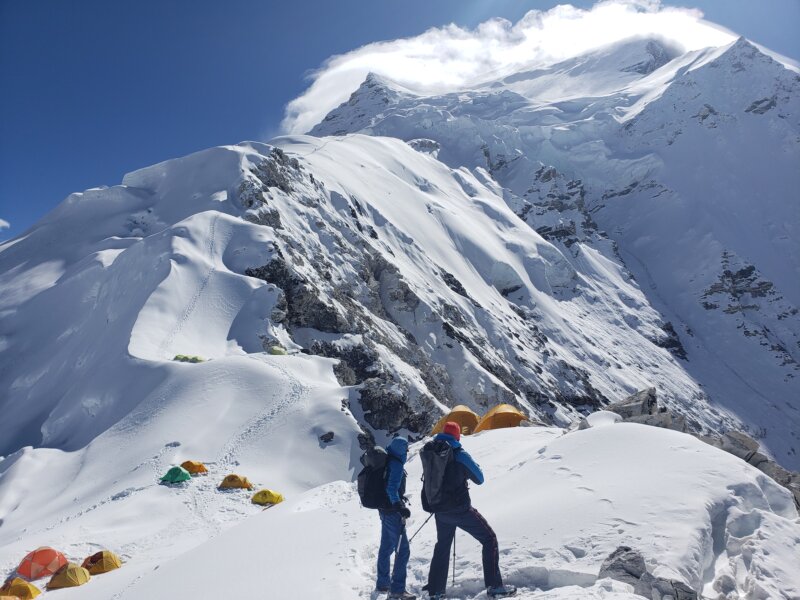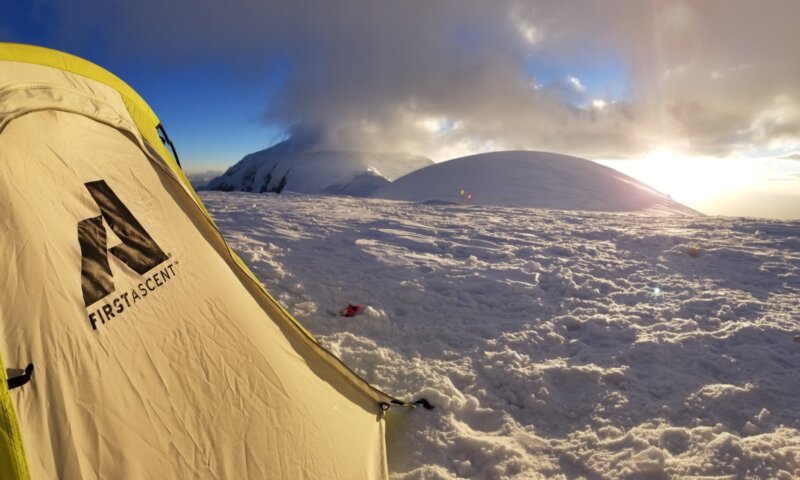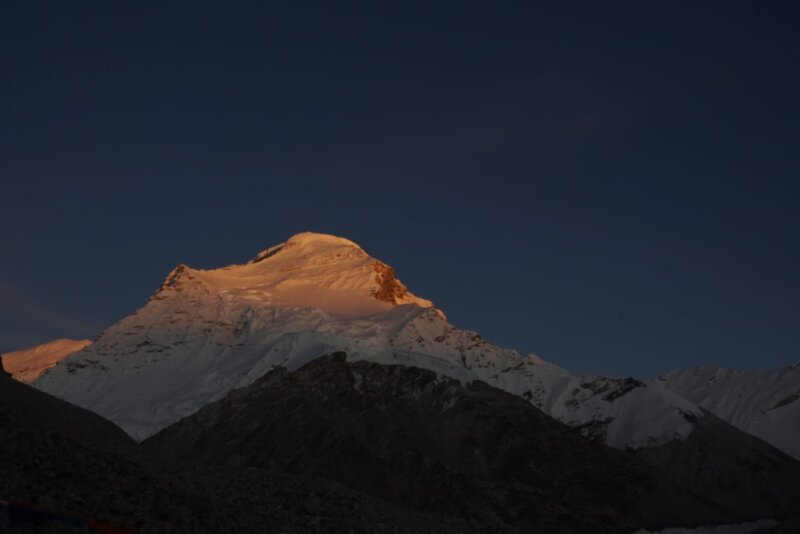Revolutionizing High-Altitude Mountaineering: Adrian Ballinger’s Lightning Ascents of Cho Oyu
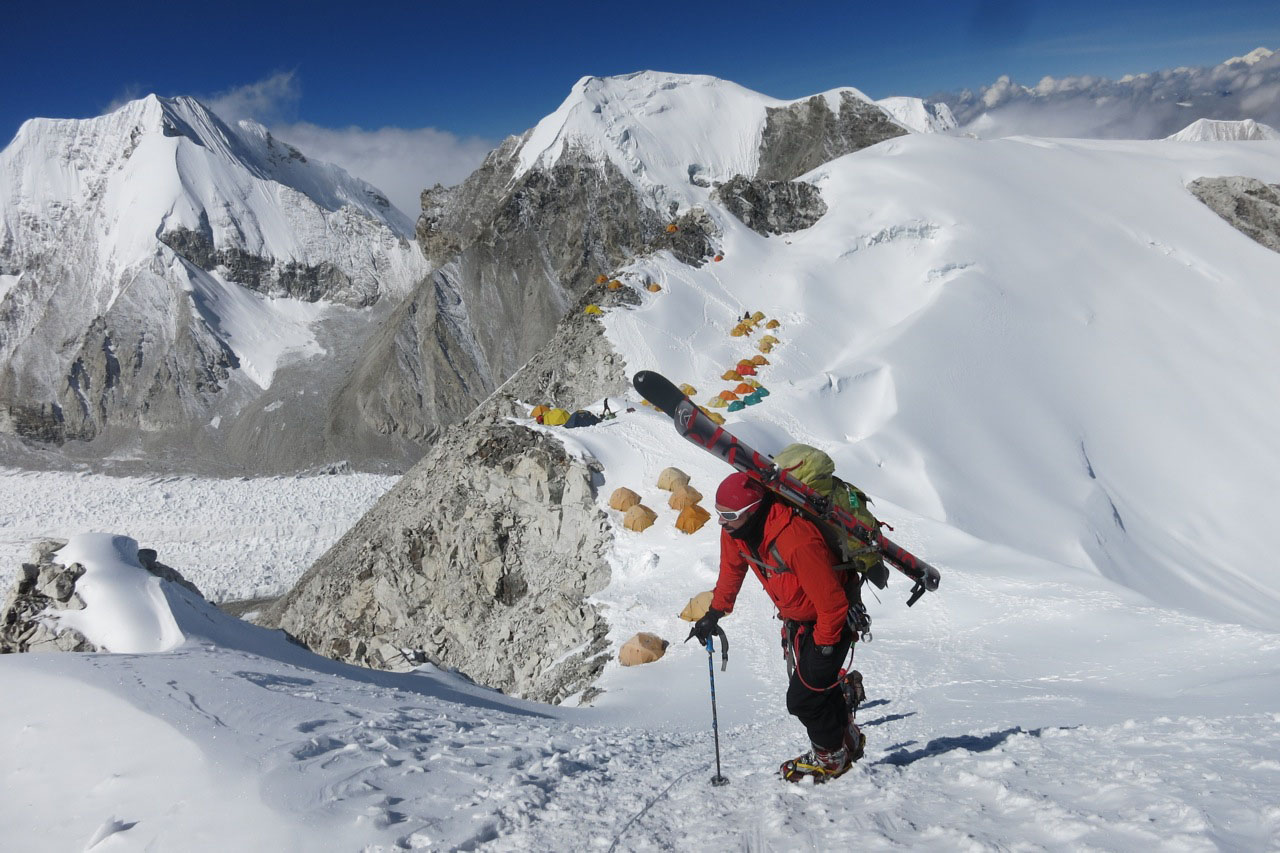
Adrian Ballinger, the founder of Alpenglow Expeditions, has been reshaping the landscape of high-altitude mountain climbing with his groundbreaking Lightning Ascents. Recently, Ballinger and his team achieved a remarkable feat, summiting two of the world’s 8,000-meter peaks, Mount Everest and Cho Oyu, in an astonishing 23-day Himalayan adventure. Here is what Adrian learned from these unprecedented climbs.
Adrian Ballinger, a seasoned mountaineer, not only reached the summit of Mount Everest but also set a new standard in rapid ascents. His Lightning Ascent project redefines the norms of high-altitude climbing, encompassing innovative techniques, state-of-the-art technology, and strategic planning.
The Lightning Ascent initiative emerged from Ballinger’s quest to push the boundaries of mountaineering efficiency. He and his team at Alpenglow Expeditions explored ways to leverage advanced technology, superior weather forecasting, athletic capabilities, and streamlined logistics to shorten expedition durations. Since 2013, they’ve successfully executed 35-day Everest trips, and this endeavor was the next step in pushing the envelope of rapid ascents.
Their journey began with Cho Oyu, the sixth highest peak globally, conquered in less than two weeks from the USA and back. Building on this success, Ballinger devised an ambitious plan to attempt both Cho Oyu and Everest within approximately three weeks. With a team of highly skilled athletes, including North Face Athlete Jim Morrison, former guide Neil Beidleman, and Walmart chairman Greg Penner, Ballinger dubbed these expeditions “Lightning Ascents.”
Let’s delve deeper into Ballinger’s strategy, discussing the pivotal role of pre-acclimatization using hypoxic tents. The method involves sleeping in specialized Hypoxico tents, which simulate high-altitude conditions, aiding the body’s acclimatization process. This innovative technique, coupled with rigorous physical training, allows climbers to achieve altitude adaptation equivalent to Himalayan base camps before setting foot on the mountain.
Ballinger emphasized the benefits of these Lightning Ascents, highlighting increased safety and efficiency. By significantly reducing time spent on the mountain and minimizing exposure to hazardous terrain, the expeditions not only minimize the risk of altitude-related illnesses but also mitigate the likelihood of accidents in challenging conditions.
However, these expeditions come at a cost. Despite being more expensive due to the dual logistics of pre-acclimatization and on-mountain preparations, Ballinger believes that the safety and success rate justify the investment.
The Lightning Ascent approach isn’t without its differences from traditional expeditions. Ballinger acknowledged that the experience differs, emphasizing that the essence of climbing remains unchanged. While the rapid ascents offer a more condensed and intense experience, the camaraderie and prolonged immersion of traditional trips hold their own appeal.
One of the challenges Ballinger faced during the Everest summit was a critical issue with oxygen regulators, leading to a harrowing situation. However, quick thinking and resourcefulness ensured the safety of the team, emphasizing the importance of adaptability in high-altitude endeavors.
When asked about the fairness of using hypoxic tents, Ballinger highlighted their widespread use across sports, asserting their validity in high-altitude climbing. He underscored the importance of individual climbing experiences and acknowledged that every climber has their preferences and goals.
Looking ahead, Ballinger envisions the possibility of climbing Everest in just a week, leveraging pre-acclimatization and optimized logistics. While no concrete plans are set, his ambition to explore this challenge reflects the ongoing pursuit of innovation in high-altitude mountaineering.
Adrian Ballinger’s Lightning Ascents represent a paradigm shift in the world of mountaineering, showcasing how innovation, technology, and determination converge to redefine the limits of human achievement.
You can’t help but marvel at the audacity and innovation driving these Lightning Ascents. The transformative impact of these expeditions goes beyond just setting records; they inspire a new generation of climbers to reimagine what’s possible in the realm of high-altitude mountaineering. Ballinger’s vision and relentless pursuit of efficiency and safety lay the groundwork for the future of expeditions to the world’s tallest peaks.
In the end, Adrian Ballinger’s Lightning Ascents epitomize the spirit of exploration, pushing the boundaries of human potential while ensuring safety, innovation, and a renewed approach to conquering towering summits.
Read the original article: Interview: Adrian Ballinger on His Lightning-Fast Ascents of Cho Oyu and Everest

